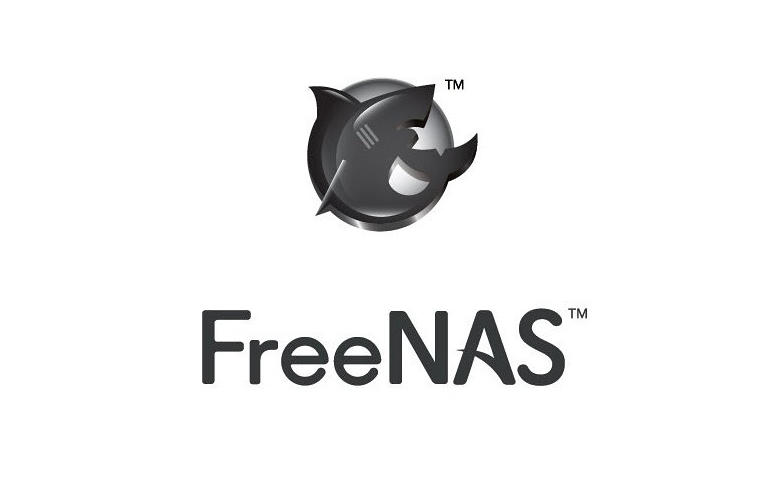Thinking of building a new FreeNAS system is like planning a road trip. You want to make sure your vehicle can handle the journey ahead without constant pit stops for repairs or upgrades. When it comes to future-proofing your hardware, the right choices now can save you time and hassle in the long run. From CPU considerations to expansion paths, this guide will help you navigate the hardware landscape to ensure a smooth and reliable FreeNAS experience. So, buckle up and let’s explore the key considerations for building a FreeNAS system that can stand the test of time.

CPU Considerations
You should regularly monitor CPU usage to ensure optimal performance for your FreeNAS build. The CPU is a crucial component that handles all the processing tasks in your system. When selecting a CPU for your FreeNAS build, consider factors such as the number of cores, clock speed, and power efficiency. More cores can handle multiple tasks simultaneously, while higher clock speeds can enhance overall system responsiveness. Power efficiency is also important, as it can impact energy consumption and heat generation. Additionally, keep in mind that certain plugins and add-ons may require more CPU resources, so it’s essential to choose a CPU that can accommodate potential future expansion. By carefully considering these factors and monitoring CPU usage, you can ensure that your FreeNAS build operates at its best.
RAM Selection
When considering RAM selection for your FreeNAS build, it’s important to evaluate the memory requirements based on your anticipated workload and future expansion plans. FreeNAS generally benefits from having at least 8GB of RAM, but for more demanding workloads or larger storage capacities, 16GB or 32GB may be more suitable. ECC (Error-Correcting Code) RAM is highly recommended for FreeNAS systems to ensure data integrity and minimize the risk of data corruption. When selecting RAM modules, ensure they are compatible with your motherboard and are from a reliable manufacturer. Additionally, consider the possibility of future upgrades and aim for a configuration that allows for easy expansion. By carefully considering your RAM needs and planning for future growth, you can ensure optimal performance and stability for your FreeNAS system.
Storage Drive Options
For optimal storage drive options in your FreeNAS build, consider utilizing high-capacity, reliable drives suitable for your current storage needs and potential future expansion. When choosing storage drives, prioritize those designed for continuous operation, such as enterprise-grade HDDs or NAS-specific drives. These drives are engineered to handle the demands of 24/7 operation and offer better performance and reliability compared to standard desktop drives. Additionally, consider the drive capacity that aligns with your current storage requirements while leaving room for future growth. Utilizing larger capacity drives allows for more efficient use of drive bays and can reduce overall power consumption. Finally, factor in redundancy by implementing a RAID configuration to safeguard against data loss in the event of a drive failure.
Expansion and Upgrade Paths
To ensure future scalability and adaptability of your FreeNAS build, carefully consider the potential expansion and upgrade paths for your hardware components. When choosing a motherboard, opt for one with spare PCIe slots to accommodate additional expansion cards such as network adapters or RAID controllers. Additionally, select a case that allows for additional hard drives or SSDs to be installed as your storage needs grow. Ensure your power supply unit has enough headroom to support additional components and drives. Plan for future memory upgrades by choosing a motherboard with extra RAM slots. When selecting a processor, consider one that offers a good balance between current performance needs and potential future requirements. By considering these factors, you can build a FreeNAS system with a clear path for future expansion and upgrades.
